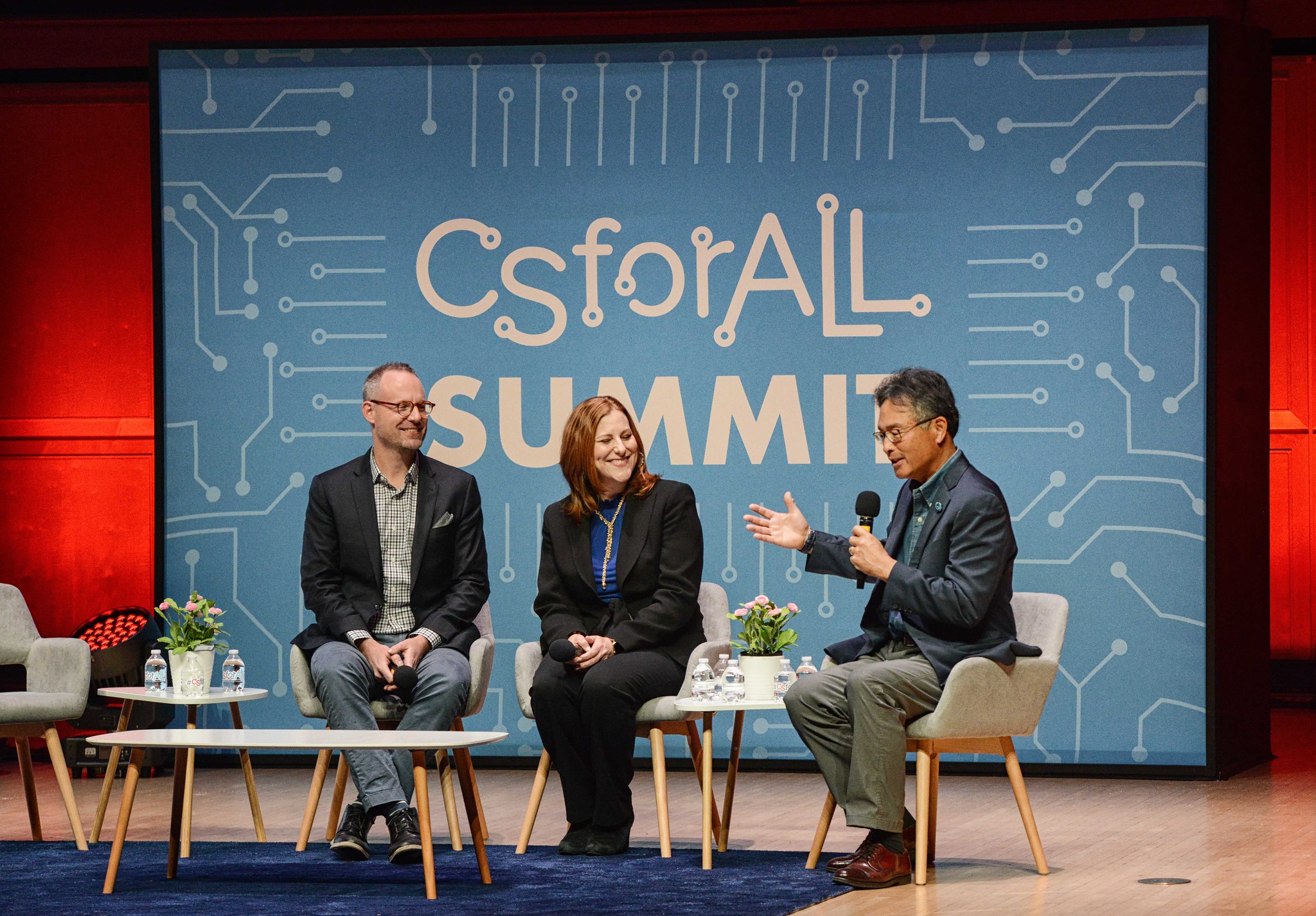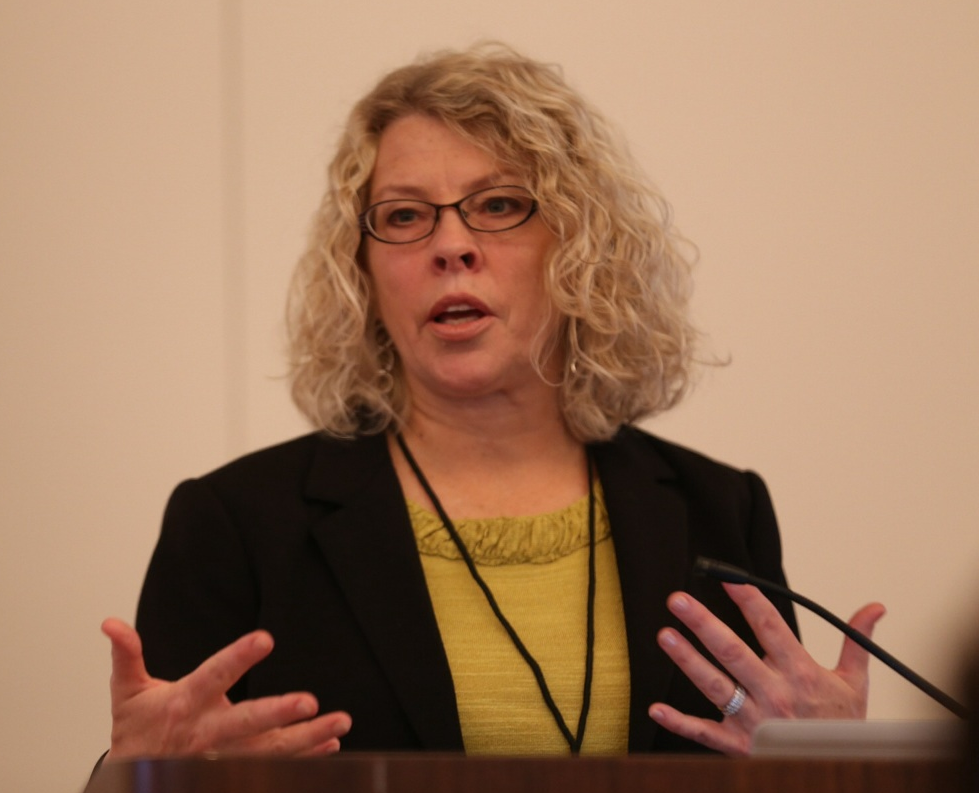Debra Sanchez is Senior Vice President for Education and Children’s Content Operations for the Corporation for Public Broadcasting. She spoke as a provocateur at the Learning at Home Forum on January 24, 2014 in New York. Here, she shares her thoughts on media as a learning tool for children both as a public media professional and a mother of two.
I am the mother of two media-savvy and media-driven kids, a daughter who is ten and son who is seven. I am also a professional in the media business. You’d think I’d be the most well-informed parent on the block about how best to guide my kids’ media interests. Truth be told, I don’t always guide my kids’ media interests. Not that I don’t try, but I certainly need help. In addition to my husband and our two kids, our home has several “media residents” including three TV’s, Apple TV, Digital Cable, a desktop PC, two laptops, a Wii gaming console, two iPhones, three iPod Touchs, two iPads, two Kindle Fires and a Nintendo DS. My “media residents” can make my job as a parent challenging as I try to keep up with my kids’ digital cravings, making sure they are safe and good digital decision-makers, and helping to prepare them for the future. At the same time, my work in public media has shown me that media can be a very valuable learning tool. The issue I believe we face is helping families make sense of the opportunities that this rapidly evolving digital media landscape presents. I reflected on both of my roles—parent and media professional—when I was asked to present at the Joan Ganz Cooney Center’s forum and release of the Center’s new report, Learning at Home: Families’ Educational Media Use in America.
This groundbreaking research seeks to determine the answers to a number of questions: What media children ages 2-10 use at home? How much of it is educational? To what degree are parents and children using media together? As I read the report, I thought about the various roles we play in public media—as content creators and distributors, community conveners, educator resources, and more. The findings of the Learning at Home report should be a catalyst for discussion among public media professionals and ultimately enrich our service in a fragmented media landscape. This is particularly significant since the findings of the Cooney Center report underscore the high value of television as a primary means for kids accessing educational content. In other words, how can public media best leverage the fact that TV is still king? How does it enhance that experience on other platforms for the greatest educational gains? And, very importantly, how does public media help connect parents to their kids media learning experiences so that they are not on the outside looking in?
From decades of research, including several studies from public media’s Ready To Learn program, we know that not only do parents play a key role in exposing their children to educational media, but also in helping their children get the most educational benefit from the media they consume. For example, a 2013 WestEd study in which parents and young children played PBS KIDS math games online together suggested a positive cycle of media engagement, in which parents became more aware of their child’s mathematics learning, and responded by supporting that learning, which resulted in children learning even more from the games they were playing.
As encouraging as this is, the Cooney Center report shows that there is much less joint media engagement around mobile devices, video games, and computers—an average of three minutes each per day—compared with the 49 minutes of television that parents and children watch together each day. What opportunities for deeper engagement and learning are being lost as children use these new digital media devices on their own—without the engagement of a parent or an older sibling? As media creators, how can we better keep parents aware of what their children are learning, and construct intergenerational media experiences, including games that parents and children can enjoy and learn from together? Finally, how can we draw on our expertise in children’s television—still the most popular media for families to use together and the most often used for educational purposes—to ensure that the children and families who are least likely to access newer technologies are able to benefit from the latest educational research and innovations?
The release of the Learning at Home report marks the beginning of an important and needed discussion about how best to support families dealing with their own “media residents” so that we are all working together to help children learn and grow.
A video of her talk is available here.
 Debra Sanchez is Senior Vice President for Education and Children’s Content Operations for the Corporation for Public Broadcasting. She develops and oversees children’s content investments and educational initiatives at the national level and works closely with stations to enhance their development and execution of local educational services. Prior to joining CPB, she was Vice President of Government Relations for the Association of Public Television Stations (APTS). In this role, she was the primary education policy professional for the public television community and provided strategic counsel on pursuing Pre-K to postsecondary federal initiatives. Working with Members of Congress on Capitol Hill, Sanchez built bipartisan support for the Ready To Learn and Ready to Teach initiatives and worked aggressively to have these successfully included in the No Child Left Behind Act. Sanchez also worked to secure annual federal appropriations for both programs. Prior to her work in public broadcasting, she was a special education teacher in Arlington, Virginia and Highland, Indiana. She earned a Bachelor of Science degree in Special Education from Indiana University.
Debra Sanchez is Senior Vice President for Education and Children’s Content Operations for the Corporation for Public Broadcasting. She develops and oversees children’s content investments and educational initiatives at the national level and works closely with stations to enhance their development and execution of local educational services. Prior to joining CPB, she was Vice President of Government Relations for the Association of Public Television Stations (APTS). In this role, she was the primary education policy professional for the public television community and provided strategic counsel on pursuing Pre-K to postsecondary federal initiatives. Working with Members of Congress on Capitol Hill, Sanchez built bipartisan support for the Ready To Learn and Ready to Teach initiatives and worked aggressively to have these successfully included in the No Child Left Behind Act. Sanchez also worked to secure annual federal appropriations for both programs. Prior to her work in public broadcasting, she was a special education teacher in Arlington, Virginia and Highland, Indiana. She earned a Bachelor of Science degree in Special Education from Indiana University.
(Photo on homepage slideshow from Flickr/ Jerine Lay)



